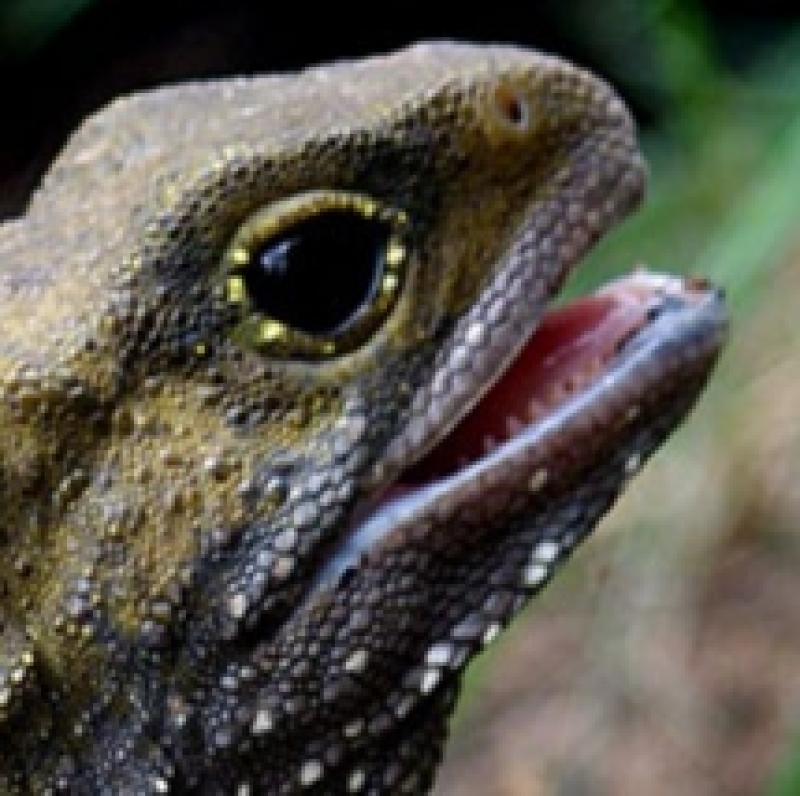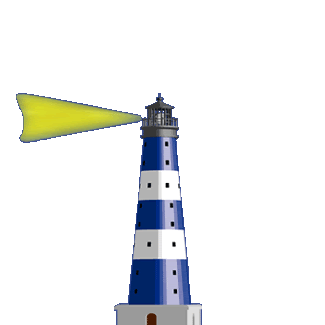Lizard-like tuatara's extra set of genes may help them tolerate cold
By: Bethany Brookshire (Science News)


Having two mitochondrial genetic instruction books, a first for vertebrates, may help explain tuatara's unique ability to tolerate cold temperatures

Apparently, I'm doing beasties today.
There are so many astonishing ones
This is cuter than a naked mole-rat...

This extra set of genes, never found in a vertebrate before, may help the reptile tolerate cold
 Blood from a tuatara like this one revealed a genetic first for a vertebrate: The reptile has two distinct instruction books for mitochondrial DNA.
Blood from a tuatara like this one revealed a genetic first for a vertebrate: The reptile has two distinct instruction books for mitochondrial DNA.
The lizard-like tuatara already was an oddball. Its superpowers include a century-long lifespan, resistance to many diseases and a unique tolerance (for a reptile) to the cold. Now, it turns out, a part of the animal's genetic instruction book is as weird as its life history — and may help explain its ability to withstand extreme temperatures.
Tuatara have two distinct copies of the genetic instruction manual for making mitochondria, researchers report January 29 in Communications Biology .
"It's the first evidence of a full additional copy of the mitochondrial genome in a vertebrate," says Chris Schneider, a herpetologist at Boston University not involved in the study. Other vertebrates have only one copy of a mitochondrial genome. Mussels are the only other animal ever found to have two.
Mitochondria are tiny energy factories, and their genetic material is usually important in building the structures and keeping them running. Recent studies show that mitochondrial DNA plays major roles in aging and various human cancers, as well as metabolic, muscular and neurogenerative diseases ( SN: 10/24/12 ). Studying the mitochondrial genomes of other animals could offer clues to the inner workings of human disease, the researchers say.
"The mitochondrial genome is much more important than people realize, given its association with aging and disease," says Robert Macey, a genomicist at the Peralta Genomics Institute in Oakland, Calif. "How that operates in an animal that ages slowly in a cool environment might tell us something significant about how mitochondria work."
Efforts to decode the tuatara's genetic makeup began in 2012, with the launch of the Tuatara Genome Project led by Neil Gemmell, an evolutionary biologist at the University of Otago in Dunedin, New Zealand. After getting the blessing of the Maori people to sample the reptile's blood (tuatara are a taonga (special treasure) to the Maori), the team found the its genome to be 50 percent larger than the human genome ( SN: 8/5/20 ).
This discovery led to deeper exploration of the mitochondrial part of the genome. Most techniques that decipher, or sequence, DNA chop it into small pieces, "read" it, then reassemble the pieces. That provides a high resolution look at individual puzzle pieces. Piloting a new technique that reads long DNA segments, Macey's lab sequenced the tuatara's mitochondrial genome in one fell swoop, showing its overall structure. The technique, called long-read sequencing, "is undoubtedly the future of gene sequencing, that we can sequence whole molecules in one pop!" Macey says.
Dan Mulcahy, a molecular biologist at the Smithsonian's Global Genome Initiative in Washington, D.C., and Macey were mulling over the data when Mulcahy recalls saying, "I think there may be two mt-genomes!"
The revelation came from comparing both the chopped puzzle pieces and the overall structure, and noticing that sections from the same part of the mitochondrial DNA had striking differences in their gene sequences — like the way the notes of song might be arranged differently by two different composers. The variation raised eyebrows; mitochondrial DNA is usually inherited only from a mother's egg, so the scientists expected to see a single copy of the mitochondrial genome, not two copies like they would see in nuclear DNA, which is inherited from both mother and father.
Together, the scientists painstakingly assembled two fully functional mitochondrial genomes. They found the genomes differed by an eye-popping 10.4 percent. In comparison, human and chimpanzee mitochondrial genomes differ by 8.9 percent. "The tuatara's arrangement of genes is unlike any other vertebrate," Mulcahy says.
When Laura Urban, a genomicist at the University of Otago, analyzed which sets of genes differed between the two genomes, she noticed changes in ones related to metabolism. An animal's cell metabolism adjusts to help it cope with environmental extremes. The double mitochondrial genome might give tuatara flexibility in how their metabolisms respond to temperature extremes, the scientists say.
"The tuatara has the most complicated mitochondrial genome I've ever seen," Macey says. Finding the genetic basis for the animal's metabolic feats could clarify the mitochondrial genome's function, helping to find treatments for human metabolic diseases.

Tags
Who is online
53 visitors


Blue genes?